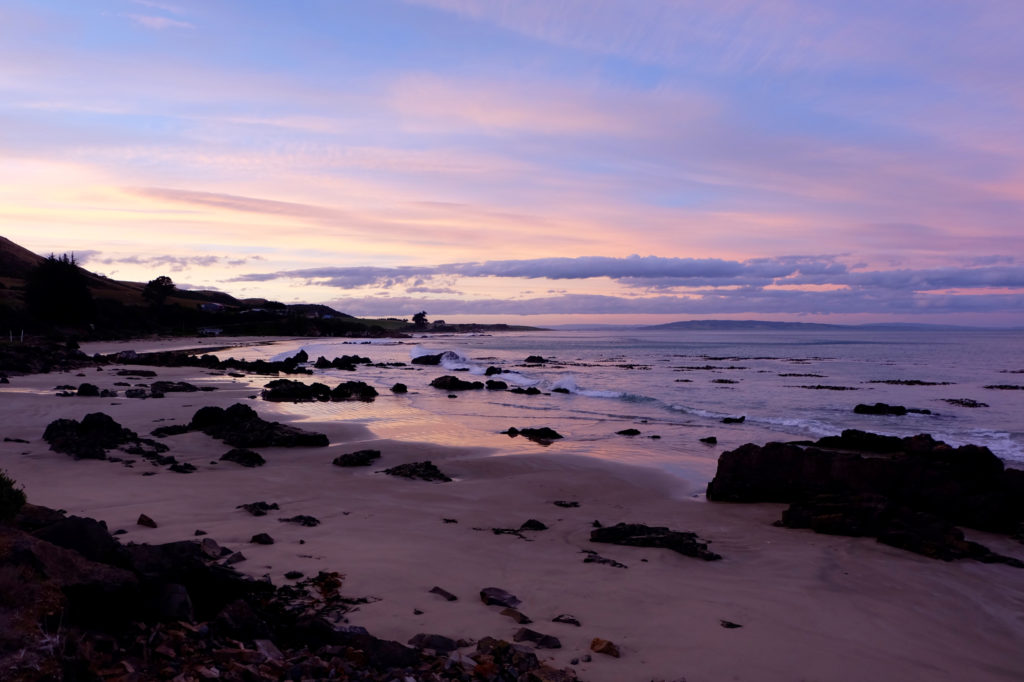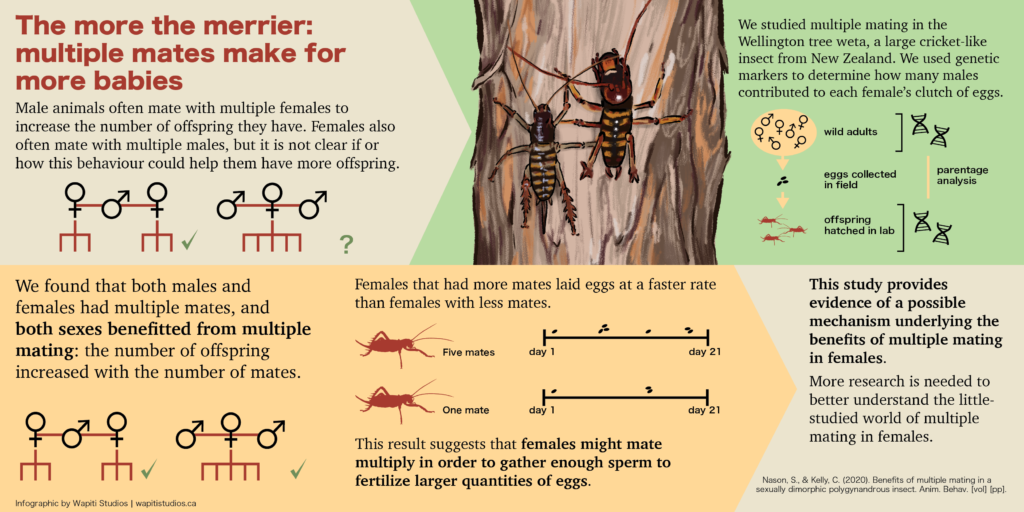Nature is inherently beautiful. Many of us have a drive to protect natural places simply because we enjoy and appreciate them. Independent of any scientific reasoning, it is quite possible to inspire people to care for and protect nature just based on its aesthetic quality!

I mean, who doesn’t love a beach sunset? Photo by Sarah Nason.
Art can be inspirational, while science can be instructional
But just because you want to do something doesn’t mean you know how to do it. That’s where science comes in. We need science to guide us in our understanding of the natural world. What does an ecosystem need to function properly? What species are doing well, and which ones need our help? Conservation science is critical to answer these questions!
In turn, conservation science is critical to underlining communication efforts with policymakers, landowners, government agencies, and even the general public. The content of the message matters: what actions can people take to make a difference for species and ecosystems at risk? The more specific we can be, the better our impact can be. For our communication to be effective, we need to have a “how” (science) that accompanies the “why” (natural beauty).
This intuitive interlocking of science and art is why I think that ecology and conservation are some of the scientific fields with the greatest potential for highly impactful science communication. Nature supplies endless beauty and artistic inspiration and can serve as a wonderful vessel for communicating scientific concepts.

By drawing on the beauty of nature inherent in ecological studies, science communicators can create beautiful feature illustrations that capture their audience’s attention. Infographic by Wapiti Studios.
People need inspiration, but they also need a concrete roadmap to help them figure out what to do with their inspired energy! Art can provide the inspiration, while science can provide the instructions.
Bridging the gap between conservation biologists and artists
Many of us feel that deep connection with nature on a personal level, and for the scientists among us, that is often what leads us to pursue careers as biologists. Yet, during my time as a biology student and researcher, it often felt counterintuitive to include art in my professional work. Academic institutions often discourage the instinct to connect emotionally with your study subjects, and I think this can contribute to a gap between scientists and artists.
So to the biologists in the crowd, I urge you to allow yourself some emotional connection with your work and what you study! When you feel inspired by that beauty, others around you will as well.
When I founded my science communication business, I was very intentional about including wording on my website like “celebrating nature” and “nature is for everyone.” I think it’s important to remember the emotional connection that we have with the natural world and to embrace that as a reason for studying and protecting nature.
I hope in the future we will see more science-art collaborations to facilitate effective nature conservation efforts! If you are interested in seeing more of this wonderful work and perhaps getting inspiration for your own science communication projects, I would highly recommend checking out these creators:
- Owl and Bear Studio
- Fuse Consulting
- Wapiti Studios (that’s me!)
You can also find others with the same interests and passions as you by joining the Lifeology Slack to chat with other researchers, artists and science communicators. Let’s work together to study and conserve our natural ecosystems!




